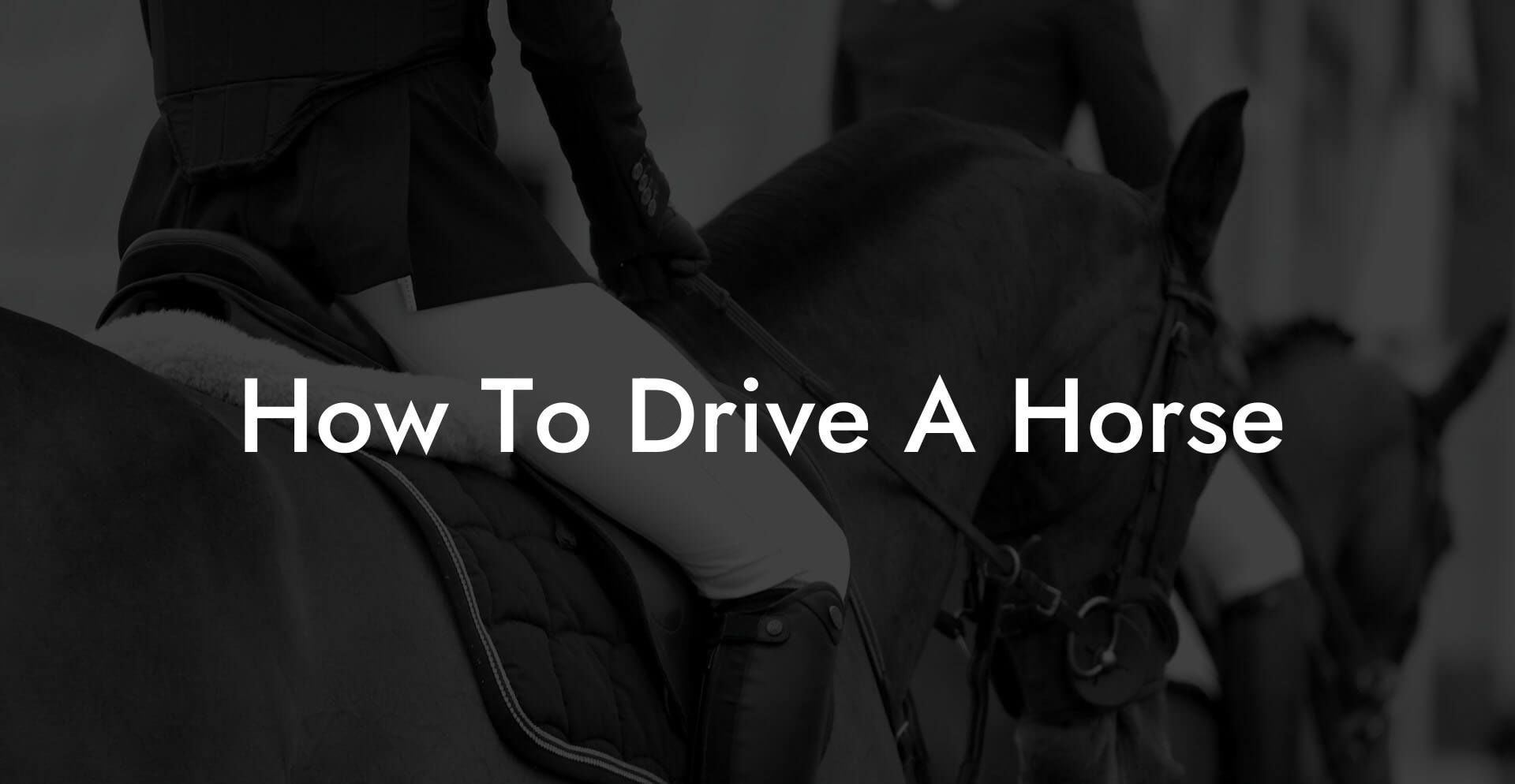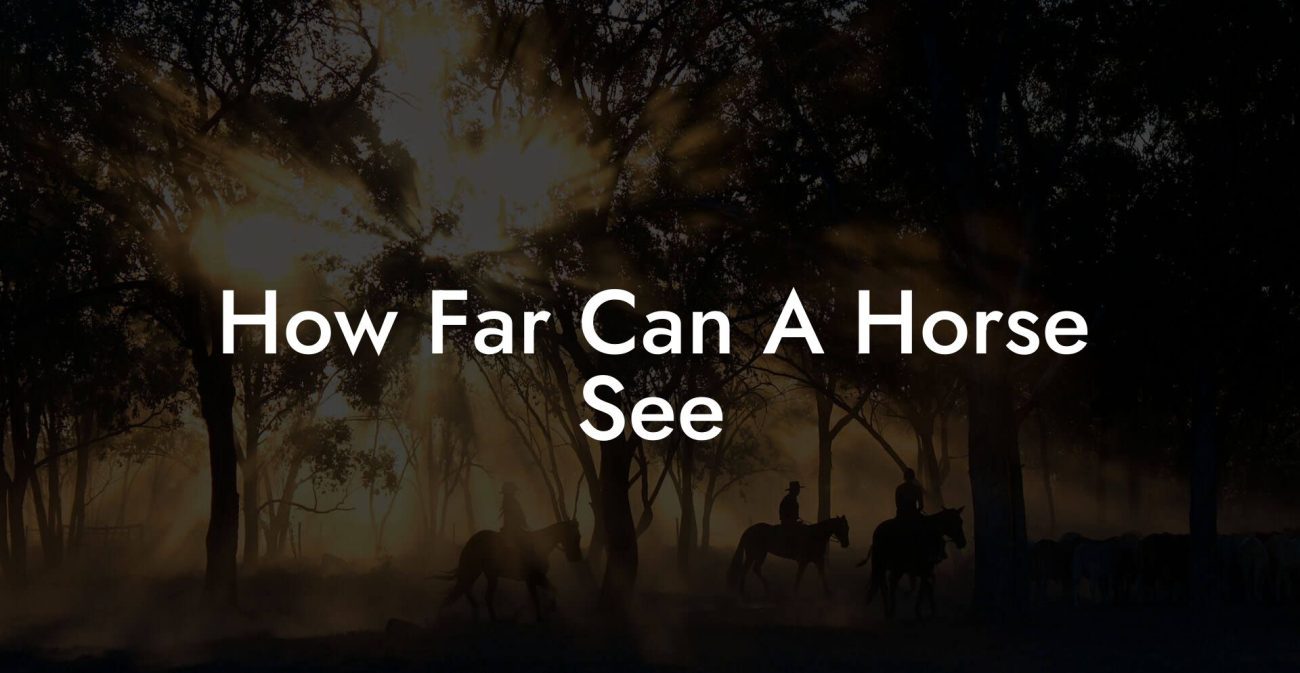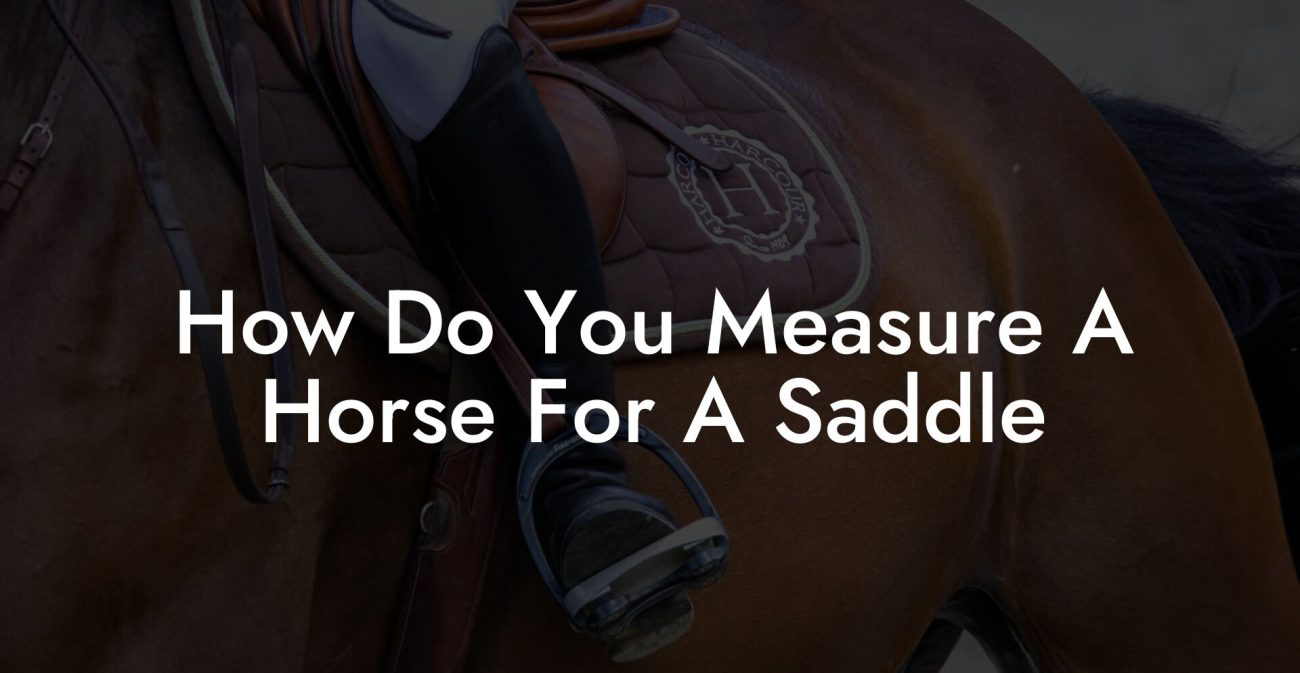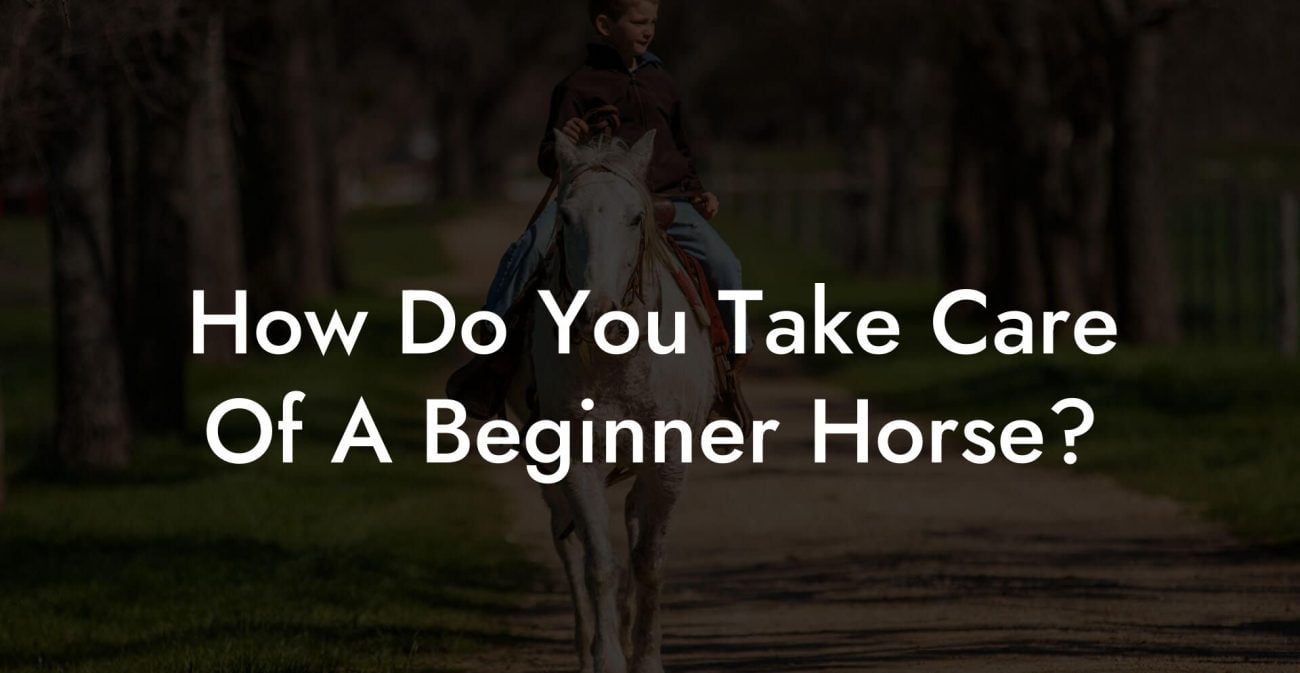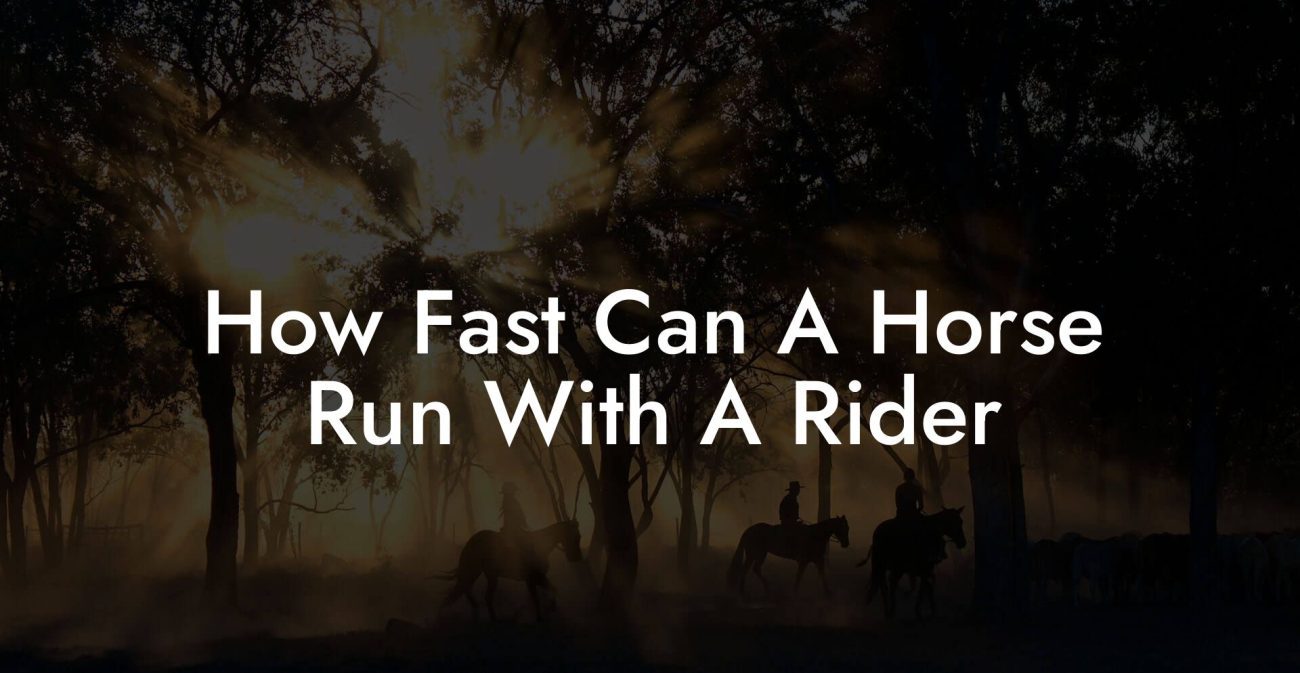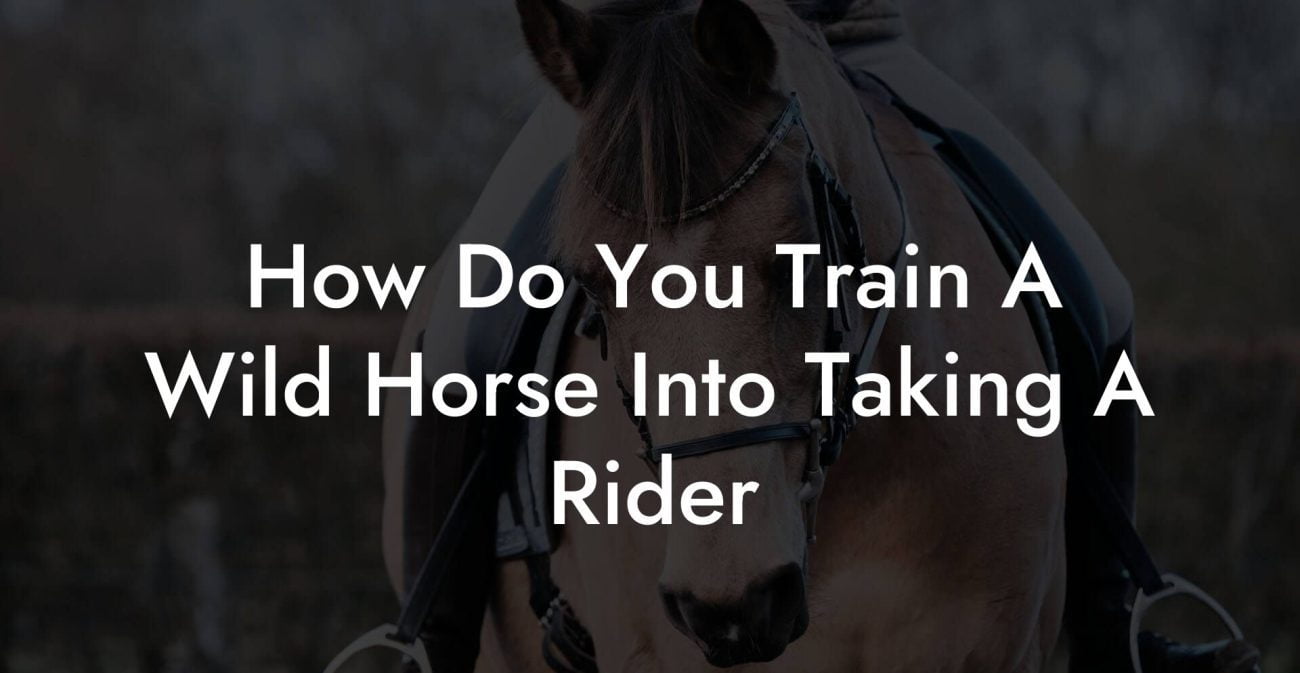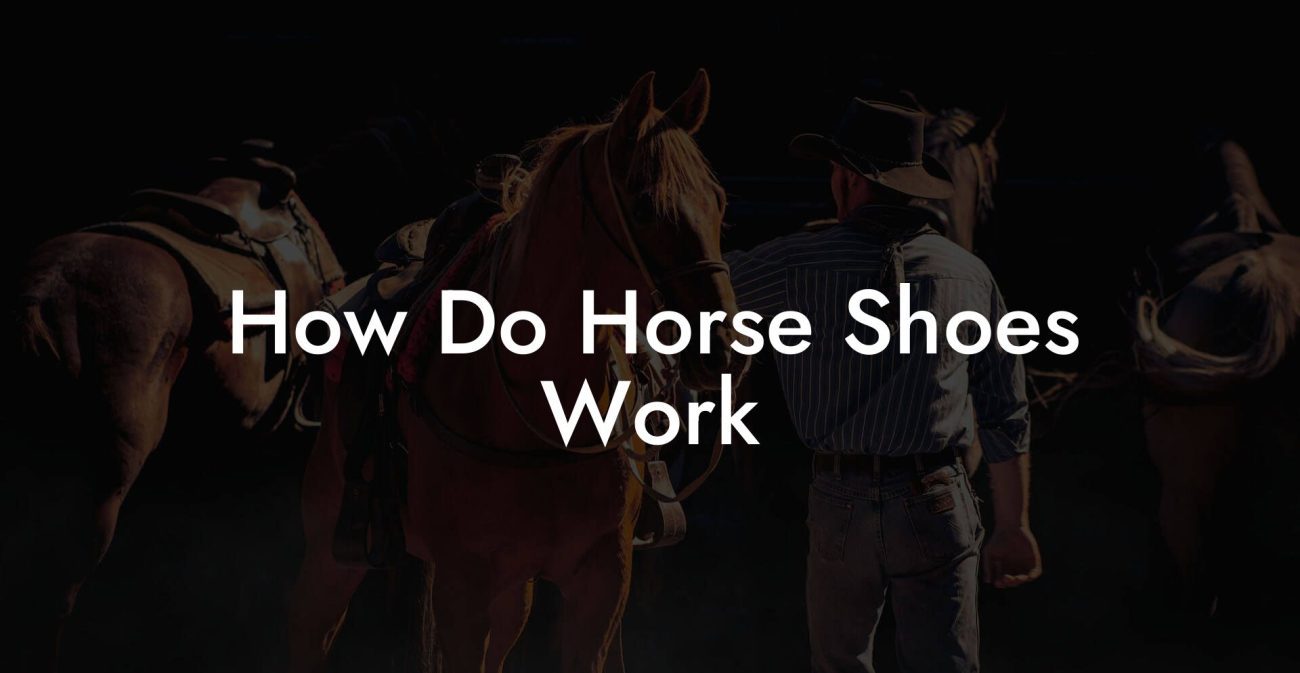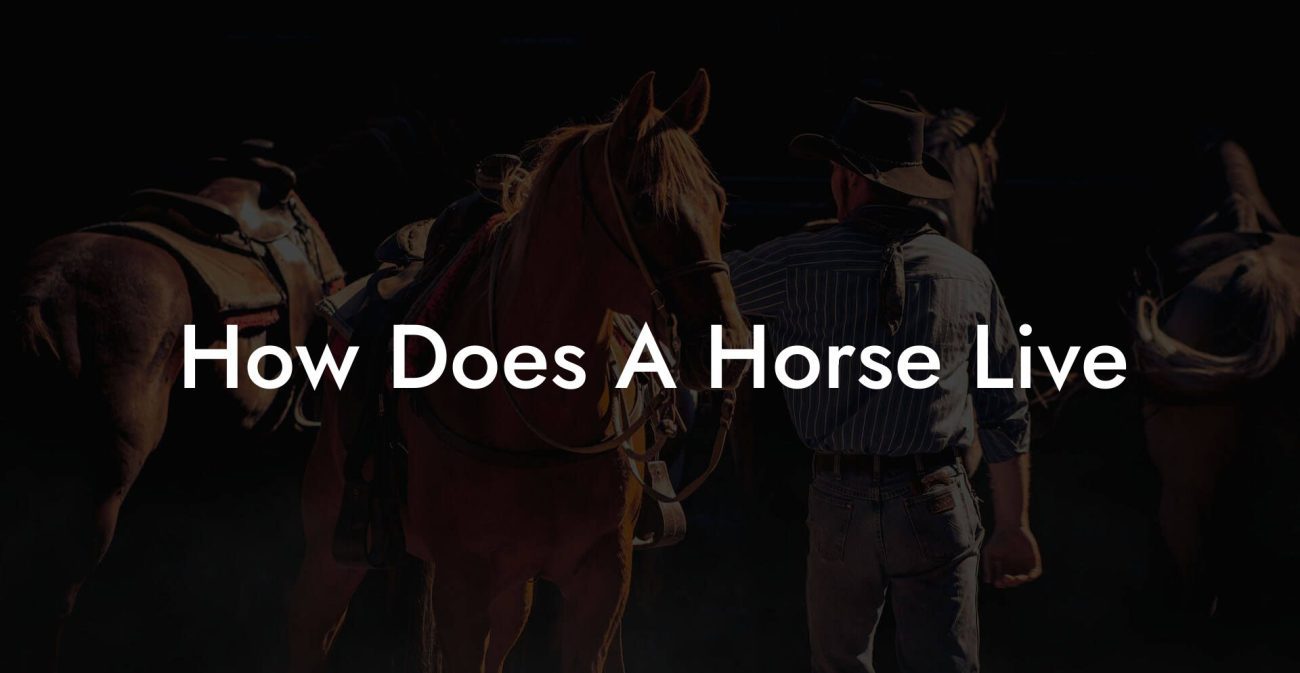Ever wondered how to transform an ordinary day into an adventure that feels straight out of a vintage caravan movie, only with a modern twist? Picture yourself guiding a majestic horse with confidence, style, and a dash of Gen-Z swagger as you master the art of driving a horse. This isn’t your grandma’s equestrian lesson; it’s a full-on immersive journey into horse care, harness techniques, and the secrets behind effective equine communication that will equip you with the know-how to enjoy every hoofbeat of the ride.
Quick Links to Useful Sections
- Understanding the Art of Driving a Horse: History, Culture, and Modern Relevance
- Essential Equipment and Safety Gear: Preparing for the Ride
- Choosing the Right Harness and Carriage
- Safety Gear for the Driver
- Getting to Know Your Equine Companion: Communication and Connection
- Equine Body Language and Behavior
- Bonding Through Routine and Consistency
- Modern Equine Communication Techniques
- Preparing Your Horse for Driving: Training Foundations
- Starting With Groundwork
- Introducing the Harness
- Step-by-Step Driving Drills
- Mastering Basic Driving Techniques: The Reins, the Cues, and the Connection
- The Art of Using the Reins
- Cueing with Precision
- Maintaining the Connection
- Advanced Driving Techniques and Troubleshooting Common Challenges
- Navigating Complex Maneuvers
- Handling Unpredictable Behaviors
- Troubleshooting Equipment and Technique Issues
- Maintaining Your Horse and Equipment: Long-Term Care and Regular Maintenance
- Horse Health and Grooming
- Equipment Upkeep
- Building a Routine for Continued Improvement
- Resources and Community Support: Your Next Steps
- Join Equestrian Forums and Social Media Groups
- Workshops, Clinics, and Online Courses
- Local riding Clubs and Associations
- Developing a Personalized Driving Technique and Care Plan
- Step 1: Comprehensive Assessment
- Step 2: Set Clear Objectives
- Step 3: Integrate Multi-Modal Training
- Step 4: Prioritize Regular Evaluation
- Step 5: Make It a Lifestyle
- FAQ: Everything You Need to Know About Driving a Horse
- Your Journey to Confident, Caring Equine Driving Mastery
Understanding the Art of Driving a Horse: History, Culture, and Modern Relevance
The act of driving a horse isn’t just about pulling a carriage or commanding animal power, it’s a blend of tradition, trust, and contemporary care that forms the backbone of equestrian culture. Whether you’re interested in vintage carriages, modern-day trail rides, or simply building a bond with your equine friend, understanding the history and evolution of driving a horse can enhance your approach to horse care.
Historically, horses were mankind’s trusted allies in travel, agriculture, and even in warfare. Today, while automobiles have mostly taken over the role of transportation, the desire to connect with nature and harness the timeless bond between human and horse remains undiminished. Modern driving techniques incorporate safety, advanced equipment, and an empathetic approach to training, ensuring that the driving experience is as much about care and respect as it is about control.
For the tech-savvy and experience-driven Gen-Z and millennial audiences, learning how to drive a horse involves blending innovative training methodologies with classic horsemanship principles. It’s about cultivating trust, mastering clear communication, and using modern tools to enhance traditional practices.
Key SEO keywords integrated into this topic include: driving a horse, horse care, equine communication, harness training, and modern horsemanship, all of which play an essential role in the mastery of this ageless skill.
Essential Equipment and Safety Gear: Preparing for the Ride
Before you even think about taking the reins, gearing up correctly is critical. Driving a horse is as much about proper equipment as it is about the skills behind the reins. Quality gear ensures safety, increases comfort for both you and your horse, and enhances the overall driving experience.
Choosing the Right Harness and Carriage
The harness is the bridge between you and your equine partner. There are several types available, from traditional breastplates and collar setups, to modern, ergonomically-designed systems that prioritize both function and style. When shopping for harness equipment, consider the following key points:
- Fit and Comfort: Ensure that the harness fits the horse well, minimizing any risk of chafing or discomfort. A custom-fitted harness can prevent injury and improve performance.
- Durability: High-quality leather or synthetic materials not only last longer but also provide a secure connection during long drives.
- Style and Functionality: Modern harnesses often blend traditional aesthetics with innovative features like quick-release buckles and adjustable fittings. Look for equipment that complements the overall look you want to achieve.
Safety Gear for the Driver
Equally important is your own safety gear. When you’re out there steering a horse, protective gear like helmets, gloves, and sturdy footwear aren’t optional accessories, they’re essential. For the millennial adventurer who values both safety and style, there are plenty of options that keep you safe while complementing your unique look.
Don’t forget high-visibility vests and reflective elements if you plan to drive after dark or in low-traffic areas. The right gear not only protects you but also signals respect for the horse’s well-being by ensuring your commands are clear and safe for both parties.
Getting to Know Your Equine Companion: Communication and Connection
At the heart of driving a horse lies the willingness to truly understand your equine companion. Horses are emotional, sensitive creatures with distinct personalities and subtle body language cues. Learning how to interpret these signs is essential for building mutual respect and ensuring an efficient, harmonious ride.
Equine Body Language and Behavior
One of the most exciting aspects of working with horses is the deep connection you build through non-verbal communication. Notice how their ears pivot to catch sound, how a relaxed nostril or a gentle swish of the tail might indicate contentment, or, on the flip side, how pinned-back ears and a stiff posture could signal discomfort or resistance.
Observing and understanding these cues can transform driving a horse from a mechanical act into an eloquent conversation between species. By attuning yourself to these signals, you cultivate an environment where trust flourishes and each drive becomes a symphony of coordinated movement.
Bonding Through Routine and Consistency
Establishing a daily routine is a wonderful way to build a strong bond with your horse. Regular grooming, feeding at consistent times, and incorporating short, positive training sessions create a predictable and stress-free environment that’s ideal for learning and growth.
For millennials and Gen-Z horses enthusiasts who value authenticity, these practices aren’t just chores, they’re ritualistic moments of connection that reinforce your commitment and care. Embrace these moments as opportunities to check in on your horse’s health, mood, and overall happiness.
Modern Equine Communication Techniques
Gone are the days when verbal shouts and blunt commands ruled the driving arena. Today, sophisticated training tools and techniques allow for more nuanced interactions:
- Clicker Training: This positive reinforcement method uses a sound cue to reward desired behaviors, fostering trust and clear communication.
- Body Positioning: Your stance, seating, and even subtle gestures can signal your intentions clearly. By mastering your body language, you guide your horse with gentleness and authority.
- Consistent Cues: Whether it’s a slight tug on the reins or a verbal prompt, maintaining consistency in your cues helps your horse learn faster and respond more confidently.
Preparing Your Horse for Driving: Training Foundations
Just as any skilled driver needs proper training before hitting the road, so does a horse. Training your horse for driving starts with laying down a solid foundation of basic commands, desensitization, and gentle exposure to equipment.
Starting With Groundwork
Groundwork forms the cornerstone of any successful training regimen. Before connecting your horse to a carriage or harness, start in an open, quiet space where distractions are minimal. This phase is all about establishing respect, trust, and understanding.
Work on:
- Leading: Practice guiding your horse using a lead rope. Experiment with gentle pressure and release techniques to signal turns or stops.
- Desensitization: Expose your horse to everyday objects and sounds gradually. From the clink of metal to the flutter of a flag, make sure your horse is comfortable with the world around them.
- Basic Responsiveness: Reinforce positive behaviors with treats and calm praise. Show your horse that following instructions leads to rewards, a crucial insight for further training.
Introducing the Harness
Once your horse is comfortable with the basics of grounding and leading, it’s time to introduce the harness. Start by letting your horse smell and inspect the equipment while it’s off their body. Gradually work up to draping the harness over them and allowing short periods of wear.
Remember: patience is key. Give your horse plenty of time to adjust to the feel of the harness. The goal is to transform this foreign object into a trusted extension of your shared journey.
Step-by-Step Driving Drills
With the foundational steps in place, you can now introduce driving drills. Start with short, controlled sessions where you lead your horse in and out of the harnessed position. Use clear, consistent commands and always reward success.
As your horse becomes more accustomed to being driven, gradually extend the duration and complexity of the exercises. Whether it’s gentle curves or stopping on a dime, every drill is a step towards mastering the art of driving a horse.
Mastering Basic Driving Techniques: The Reins, the Cues, and the Connection
With your foundation firmly in place, it’s time to dive deeper into the practical techniques that will allow you to confidently drive a horse. Mastery here isn’t just about control; it’s about creating a dialogue using the reins, voice, and body language.
The Art of Using the Reins
The reins connect you directly to your horse’s movements. When used correctly, they’re not a tool for force but a means of clear communication. A gentle squeeze here, a slight tug there, each interaction should be measured and respectful.
Focus on maintaining a relaxed grip; tension in your hands can transmit as anxiety in your horse. Learn to read the subtle shifts in pressure on the reins, using them as signals to guide your horse without resorting to abrupt, harsh commands.
Cueing with Precision
Every seasoned horse trainer knows that consistency in cues is paramount. Your voice, along with minor physical gestures like shifts in weight or arm position, serves as a coded language that your horse will come to understand over time. Key cues include:
- Stop: A firm, steady command paired with a slight pause in your forward motion.
- Turn: Use your body position to signal a gentle curve in the desired direction.
- Speed Up or Slow Down: Adjust the tension on the reins ever so slightly to encourage acceleration or deceleration.
- Ease into Reverse: Modern techniques also include backing up, a skill that can be enhanced with clear, supportive cues.
Maintaining the Connection
Driving a horse successfully requires a constant, almost telepathic connection between you and your animal. This means staying aware of your horse’s mood and physical state throughout the drive. A relaxed horse drives smoother, and a relaxed driver exudes confidence. Keep your body language open, your mind calm, and your attention fixed on the subtle exchanges happening through the reins.
Over time, these basics will evolve into a seamless, almost silent conversation where every movement is perfectly in sync. That’s the magic of truly understanding how to drive a horse.
Advanced Driving Techniques and Troubleshooting Common Challenges
Once you’ve mastered the basics, it’s natural to want to push the boundaries of what you and your horse can achieve together. Advanced driving techniques not only enhance your repertoire but also prepare you to handle unexpected situations confidently.
Navigating Complex Maneuvers
As your horse and you become more comfortable with standard driving routines, introducing complex maneuvers can be an exhilarating next step. Techniques such as precision turning, controlled stops, and coordinated backing up require greater synchronization and communication. Begin these drills in a safe, open setting, and gradually incorporate obstacles to simulate real-world scenarios.
Remember: advanced techniques are a natural progression from the basics. Consistency, patience, and a willingness to experiment will help you unlock a higher level of mastery.
Handling Unpredictable Behaviors
Even the most well-trained horses can occasionally exhibit unexpected behaviors, whether due to distraction, discomfort, or simple mood changes. When this happens, it’s critical to remain calm and adjust your approach:
- Re-establishing Focus: Gently guide your horse back to a familiar routine with reassuring touches and a calm vocal tone.
- Identifying Triggers: Observe if environmental factors, such as loud noises or unfamiliar objects, are causing the horse to become agitated, and remove the stressor if possible.
- Positive Reinforcement: Always reward calm behaviors. This not only diffuses tension but reinforces that following your cues leads to positive outcomes.
- Seeking Professional Help: If persistent issues arise, consulting with an experienced equine trainer or a veterinarian can offer insights into physiological or behavioral concerns.
Troubleshooting Equipment and Technique Issues
Sometimes, the problem isn’t with the horse at all, it’s with the equipment or your technique. Regularly inspect your harness, reins, and other gear for signs of wear and tear. Faulty equipment can lead to miscommunication and even injury. In addition, recording your driving sessions (with a smartphone or camera) can help you identify areas where your technique might need a tweak.
Advanced driving, then, is as much about troubleshooting and continuous improvement as it is about executing refined maneuvers. Embrace each challenge as a learning opportunity that deepens the bond between you and your horse.
Maintaining Your Horse and Equipment: Long-Term Care and Regular Maintenance
While mastering driving techniques is one half of the equation, routine care for both your horse and your equipment is the other. Long-term success depends on keeping your equine companion healthy, happy, and well-maintained, and ensuring that your harnesses and carriages are in top-notch condition.
Horse Health and Grooming
A healthy horse is the cornerstone of every successful drive. Regular veterinary check-ups, a balanced diet rich in nutrients, and daily grooming play crucial roles:
- Regular Vet Visits: Annual or bi-annual check-ups help catch potential issues early, ensuring your horse stays in peak condition.
- Nutritious Diet: Feed your horse a balanced mix of hay, grains, and supplements as recommended by equine nutritionists.
- Grooming and Care: Daily grooming not only keeps your horse’s coat shiny and clean but also provides an opportunity to check for skin irritations, injuries, or signs of stress.
Equipment Upkeep
Equally, caring for your driving gear is essential. Clean your harness and carriage after every use, sweat, dust, and debris can wear down materials over time. Store equipment in a cool, dry space and inspect for damage regularly.
Integrating maintenance checks into your routine ensures that every drive is safe and that both you and your horse are well-equipped to take on new adventures.
Building a Routine for Continued Improvement
Just as you would schedule workouts for physical fitness, setting aside time for regular drills, grooming sessions, and equipment maintenance is key to long-term success. Keep a journal to track progress, challenges, and insights, you might be surprised how much you learn about yourself and your horse along the way.
Resources and Community Support: Your Next Steps
Once you’ve got the basics down, the journey to mastering how to drive a horse becomes a lot more exhilarating when you’re part of a supportive community. Whether you’re a beginner or refining advanced techniques, there’s always room to learn from fellow enthusiasts.
Join Equestrian Forums and Social Media Groups
Social media has given rise to countless communities where horse lovers share their adventures, techniques, and tips on everything from innovative harness setups to heartwarming bonding stories. Platforms such as Instagram, Reddit, and Facebook host vibrant equestrian groups that are perfect for inspiration, advice, and even troubleshooting specific challenges.
Workshops, Clinics, and Online Courses
For those looking to level up, consider signing up for workshops and clinics led by seasoned professionals. Many organizations today offer online courses that blend video instruction with interactive live sessions. This is a fantastic way to get hands-on experience, even if you’re learning from the comfort of your living room.
Local riding Clubs and Associations
Don’t underestimate the value of local connections. Riding clubs and equestrian associations often host events, rides, and seminars. Joining these groups can help you gain first-hand insights into traditional and modern driving techniques while providing an opportunity to network with like-minded enthusiasts.
Remember, every journey to becoming adept at driving a horse is enriched by community support and shared experiences. Engage with experts, mentor novices, and celebrate every small win along the way.
Developing a Personalized Driving Technique and Care Plan
The essence of mastering how to drive a horse lies in crafting a personalized plan that melds your unique style with proven training and care methodologies. Here’s how you can develop a roadmap that not only enhances your driving skills but also ensures the long-term well-being of your horse:
Step 1: Comprehensive Assessment
Begin with a thorough evaluation of your horse’s temperament, physical condition, and prior training. This assessment, ideally conducted with the help of a professional trainer, provides insights into which areas require attention, be it fostering basic responsiveness, fine-tuning advanced maneuvers, or addressing any underlying health concerns.
Step 2: Set Clear Objectives
Define what you wish to accomplish. Are you aiming to drive a horse-drawn carriage on scenic routes, or are you focused on developing advanced competitive driving skills? Establish realistic, measurable goals such as improving stopping precision or increasing the duration of smooth drives. Clear goals not only keep you motivated but also provide benchmarks to track your progress.
Step 3: Integrate Multi-Modal Training
Combine different training techniques that have proven effective in equine care. For instance:
- Groundwork Drills: Focus on building trust and responsiveness through basic leading and desensitization exercises.
- Driving Sessions: Gradually increase the complexity of your driving drills by incorporating curves, stops, and backing maneuvers.
- Complementary Activities: Activities such as yoga or meditation can enhance your focus and promote a calm state, essential for effective communication with your horse.
Step 4: Prioritize Regular Evaluation
Maintaining a journal or logbook of every driving session can be extremely beneficial. Document your horse’s reactions, challenges encountered, how you adjusted your techniques, and the progress made. Periodic evaluations with a seasoned trainer provide opportunities for personalized feedback and necessary modifications to your approach.
Step 5: Make It a Lifestyle
Ultimately, learning how to drive a horse should be a fulfilling lifestyle choice rather than a sporadic hobby. Integrate training sessions, routine care, and fun drives into your regular schedule. With continued effort and passion, both you and your horse will evolve together into a harmonious team.
FAQ: Everything You Need to Know About Driving a Horse
Below are some frequently asked questions that cover common inquiries about driving a horse, training techniques, equipment care, and overall equine well-being.
1. What exactly does “driving a horse” mean?
Driving a horse involves using a harness and carriage or a similar setup to guide and control a horse’s movements, whether for leisure rides, competitive events, or practical transportation. It’s all about establishing trust and clear communication with your equine partner.
2. Is it necessary to have prior riding experience before learning how to drive a horse?
Not necessarily! While riding experience can be helpful, driving a horse is a distinct discipline that focuses on teamwork, non-verbal communication, and working with specialized equipment. Many beginners successfully learn how to drive through guided lessons and hands-on practice.
3. What are the most important safety tips for driving a horse?
Safety is paramount. Always ensure your equipment is well-maintained, wear appropriate protective gear, and frequently assess your horse’s comfort and health. Patience, clear communication, and regular training can help prevent accidents and unexpected behavior.
4. Can modern technology help improve my driving skills?
Absolutely. Many modern tools, from video analysis apps to online training courses, can offer valuable insights into your technique, helping you identify strengths and opportunities for improvement. Community forums also provide a platform for sharing tips and troubleshooting common challenges.
5. How often should I train my horse for driving?
Consistent, short sessions are typically more effective than infrequent long sessions. Daily routines, even if just for 15-20 minutes, can yield impressive improvements in responsiveness and performance over time.
6. What maintenance does the harness require?
Regular cleaning, proper storage, and frequent inspections to check for wear and tear are essential in maintaining harness quality and ensuring your horse’s safety during every drive.
7. Where can I find additional resources or join a community of equine enthusiasts?
Social media platforms, local riding clubs, and online forums dedicated to equestrian activities are great places to start. Workshops and online courses also offer structured learning environments.
8. How do I know if my horse is ready to start driving?
A steady response to basic ground cues, a calm demeanor around equipment, and consistent progress with training drills all indicate that your horse is ready to step into the driving arena.
Your Journey to Confident, Caring Equine Driving Mastery
Driving a horse is about more than just mastering techniques, it’s a holistic experience that merges rich traditions with modern innovations in horse care and training. By developing a deep understanding of your equine companion, embracing both basic and advanced techniques, and committing to long-term care and maintenance, you are setting the stage for a journey of continuous growth and fulfillment.
Whether you’re planning scenic drives, looking to join equestrian events, or simply wanting to strengthen the unique bond you share with your horse, every step in this journey builds your reputation as a thoughtful, knowledgeable driver. Each refined cue, every perfectly timed maneuver, and the dedicated care you invest contribute to a harmonious, safe, and rewarding experience.
Embrace this path with determination, creativity, and a sense of adventure. Your journey into the world of driving a horse is a testament to blending art with science, a documented legacy that honors the timeless connection between man and beast while ushering in innovative practices for the modern age.
So, gear up, get close to your equine partner, and let your passion for driving a horse pave the way for endless adventures. With every drive, you’re not just navigating roads, you're carving out a unique story of trust, skill, and heartfelt connection that resonates across time.
The future of equine driving awaits, and it’s as dynamic, creative, and empowered as you are. Your journey starts now, step into the saddle of modern horsemanship and let your inner trailblazer shine.

